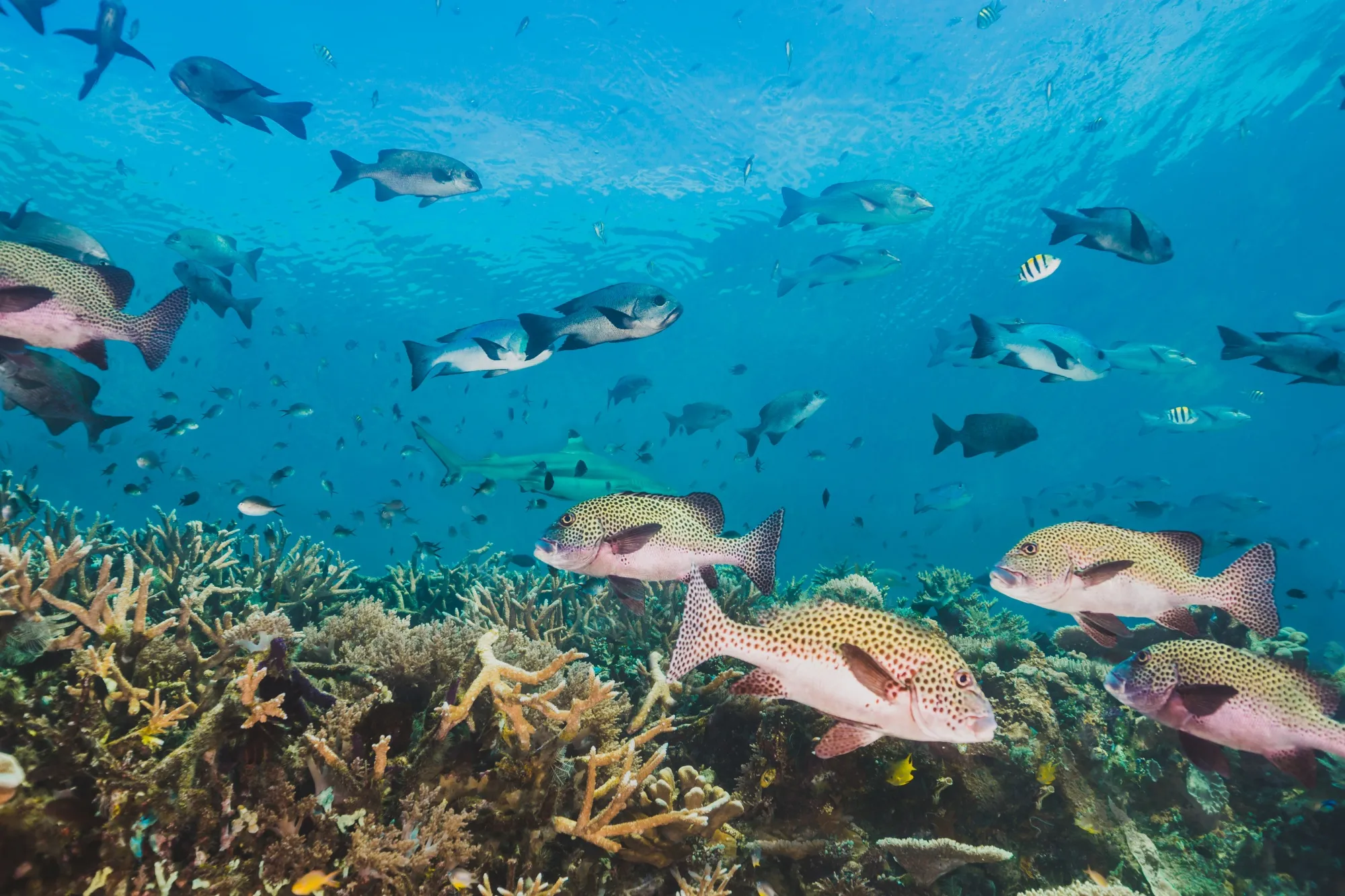Keywords
1. Ocean Acidification
2. Fish Behavior
3. Predatory Threat
4. Carbon Dioxide
5. Marine Biodiversity
In an in-depth study published in the revered Marine Environmental Research journal, researchers have unveiled concerning findings relating to the effects of ocean acidification on fish behavior, particularly their response to predatory threats when in shoals. The paper titled “Behavioural responses of fish groups exposed to a predatory threat under elevated CO2” offers significant insights into how the escalation of carbon dioxide (CO2) levels in our oceans is directly affecting marine life. The article DOI is 10.1016/j.marenvres.2019.04.011, and it was authored by Cattano et al. (2019).
The Study Overview
The study by Cattano and colleagues marks an essential shift from traditional approaches since most research on ocean acidification and fish behavior has focused on isolated individuals even though many species naturally live in groups. The authors explored the collective reaction of fish shoals to predators under conditions of elevated CO2, in an environment that simulates future predicted levels of oceanic acidity.
The Crucial Role of Shoals
In natural conditions, fish form shoals as a strategy to enhance survival. A shoal is a complex social structure that allows individuals to increase foraging efficiency and reduce the risk of predation. A well-coordinated shoal can quickly adapt its shape and direction to evade predators. However, when fish face altered environmental factors, such as increased acidity due to oceanic uptake of CO2, their ability to respond correctly to threats may be compromised.
Ocean Acidification – A Pernicious Global Change
Ocean acidification (OA) is one of the most concerning side-effects of the increased atmospheric CO2 stemming from human activities, such as burning fossil fuels and deforestation. OA results from the oceans absorbing CO2, which then reacts with seawater to form carbonic acid, leading to a reduction in pH and a more acidic environment.
The Experiment – Setting the Scene
Cattano and the team conducted an experiment using a common reef fish found in the Mediterranean Sea and set up a controlled environment with two varying levels of CO2 concentration. The groups of fish were then exposed to a predatory threat in both ambient and elevated CO2 conditions.
The Findings – Behavioral Disruption
The results demonstrated a stark difference in the behavior of fish under heightened CO2 levels. Under normal conditions, fish displayed a more cohesive shoal and an effective escape response from predators. However, fish exposed to elevated CO2 levels showcased a disruption in their shoaling behavior. They not only spent more time further away from shelter but also exhibited less cohesion as a group, potentially making themselves more susceptible to predation.
What Does This Mean for Marine Ecosystems?
Disruption in shoaling behavior can have a cascade of impacts on the marine ecosystem. Fish in less cohesive groups may experience higher predation rates, which could lead to shifts in population dynamics and affect the broader food web. Moreover, impaired responses to predators can upset the balance within the reef systems and impinge upon the survival of these critical ecosystems.
Broader Implications
The findings of this research have far-reaching implications for understanding the impact of global change on marine life. The study suggests that the psychological state and social interactions of fish are sensitive to changes in water chemistry, indicating that these creatures may not adequately cope with the rapid environmental changes that are now occurring.
References
1. Cattano, C., Fine, M., Quattrocchi, F., Holzman, R., & Milazzo, M. (2019). Behavioural responses of fish groups exposed to a predatory threat under elevated CO2. Marine Environmental Research, 147, 179-184. (https://doi.org/10.1016/j.marenvres.2019.04.011)
2. Domenici, P., Allan, B., McCormick, M. I., & Munday, P. L. (2012). Elevated carbon dioxide affects behavioural lateralization in a coral reef fish. Biology Letters, 8(1), 78-81.
3. Munday, P. L., Dixson, D. L., McCormick, M. I., Meekan, M., Ferrari, M. C. O., & Chivers, D. P. (2010). Replenishment of fish populations is threatened by ocean acidification. Proceedings of the National Academy of Sciences, 107(29), 12930-12934.
4. Heuer, R. M., & Grosell, M. (2014). Physiological impacts of elevated carbon dioxide and ocean acidification on fish. American Journal of Physiology-Regulatory, Integrative and Comparative Physiology, 307(9), R1061-R1084.
5. Leduc, A. O., Munday, P. L., Brown, G. E., & Ferrari, M. C. O. (2013). Effects of acidification on olfactory-mediated behaviour in freshwater and marine ecosystems: a synthesis. Ecological Monographs, 83(4), 451-472.
The work conducted by Cattano and his colleagues provides a critical vantage point from which to consider the broader implications of human actions on marine ecosystems and biodiversity. Each aspect of the research hones in on the reality of a changing world and prompts an urgent response for both conservation and a stronger commitment to mitigating factors causing climate change.
In conclusion, this pioneering study moves the scientific community a step closer to understanding the extensive implications of ocean acidification. It is a clarion call for more comprehensive research to measure the robustness of both individual species and intricate marine communities alike. As our seas continue to absorb carbon dioxide and global conditions shift, we must become more vigilant in our efforts to preserve the delicate balance of marine life. Ensuring the health of our oceans is key not only to the survival of countless marine species but also to the health of our planet as a whole.
